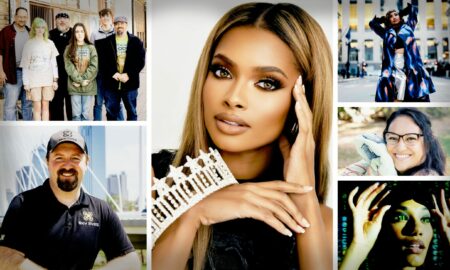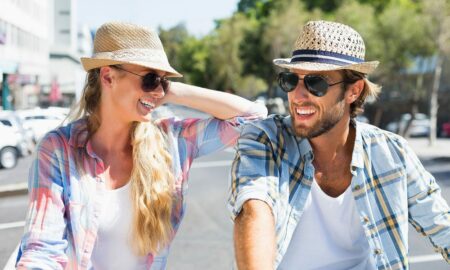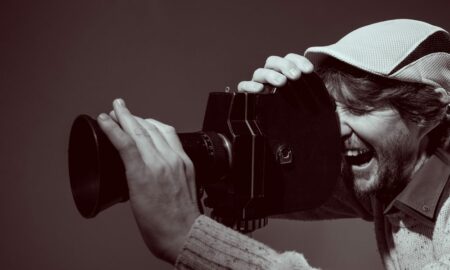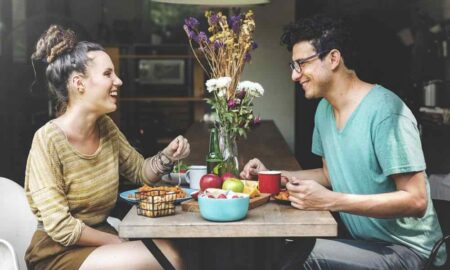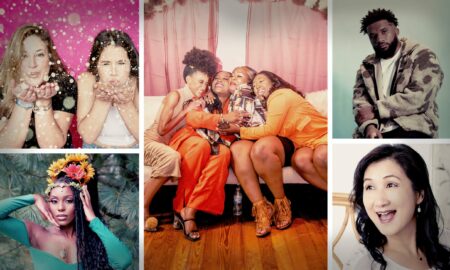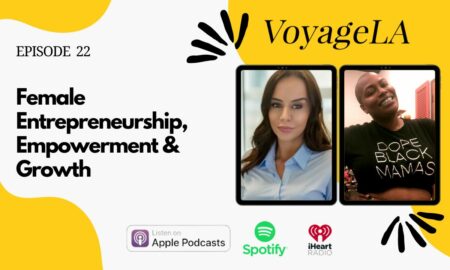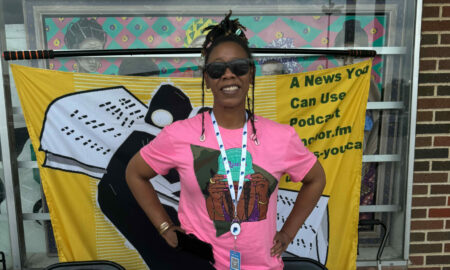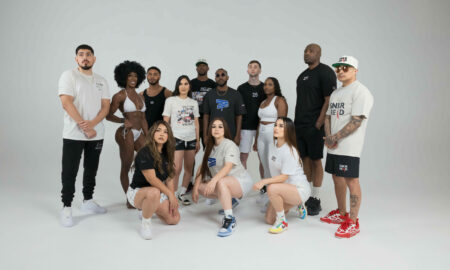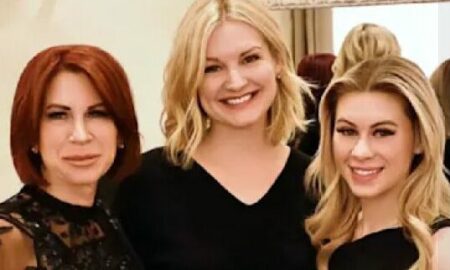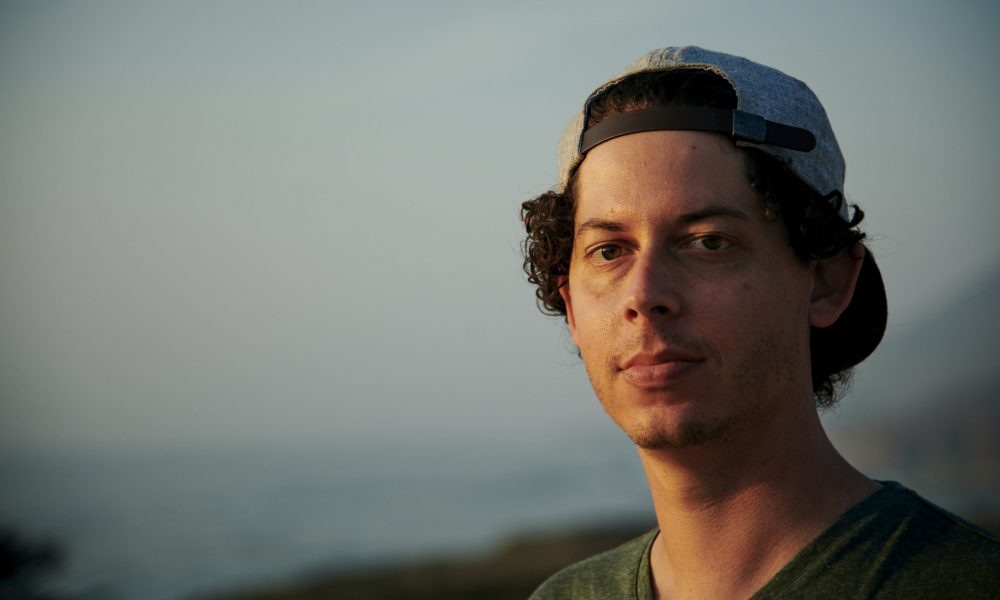

Today we’d like to introduce you to Cooper Neill.
Every artist has a unique story. Can you briefly walk us through yours?
When I was a kid, my parents gave me a cheap 35mm point and shoot camera to use on family trips – they had no idea how many photos I would take. When I got into high school, I tried to be a photographer on the yearbook staff but didn’t make the cut, and my photography career was over before it ever really started.
Fast forward a few years when I’m in college, and I realized I could get into cool events (mainly sports and concerts) for free if I was the photographer for the school paper and photography was back on the table. I was covering all types of events for the paper around Nashville where I was going to college, and through these various assignments, I got to know many of the local photographers for the Nashville daily newspaper, The Tennessean. One day, my senior year, there was a story happening on campus, and The Tennessean didn’t have someone available to cover it, so someone thought to call me, and I had my first real gig as a freelance photographer.
I wrapped up college, graduating with a degree in history and a minor in business with the intent of going to a Ph.D. program and ultimately becoming a history professor but that all changed when I was rejected from every school, I applied to. On a whim, I also applied to a few masters programs for journalism and somehow got into all of them which I naturally took as a sign and never looked back. I went to UT in Austin, did an internship with the Fort Worth Star-Telegram and Dallas Morning News then went out on my own and haven’t looked back since.
Please tell us about your art.
As a photojournalist my main goal is to create honest, storytelling images. There is a code of ethics journalists follow, and the same goes for photojournalists. The difficulty in that is many photojournalists end up creating the same types of images assignment after assignment. Especially in the sports realm where everyone has the same equipment and are given limited access, so there’s not much room to photograph from different angles. I always try to be very aware of this and on every assignment I try to create at least one image that the others around me won’t have either by using a different lens, playing with the shutter speed or trying to change my vantage point as best I can.
We’re living in a visual society where we’re constantly flooded with images on our phones, computers, magazines, billboards, etc. and I want mine to stand out of the pack.
Given everything that is going on in the world today, do you think the role of artists has changed? How do local, national or international events and issues affect your art?
Now more than ever I think it’s important for there to be good, honest and fair journalism. With so much talk of “fake news” and websites competing for attention, it’s getting harder and harder for folks to recognize what’s real and what isn’t. With photojournalism what you see is what you get – we don’t stage photos, and we don’t photoshop things into or out of a frame – we document what is in front of us in a creative and compelling way to illustrate the story. I can’t speak for everyone, but that’s how it’s supposed to be.
How or where can people see your work? How can people support your work?
The easiest way to see my work is on my website www.CooperNeill.com or on my Instagram (www.instagram.com/CooperNeill where I try to keep things updated as best I can. Other than that, if you frequently read The New York Times, ESPN, Wall Street Journal or other newspapers/magazines you might find my name every now and then.
Contact Info:
- Website: www.CooperNeill.com
- Instagram: www.instagram.com/CooperNeill







 Image Credit:
Image Credit:
Cooper Neill
Getting in touch: VoyageDallas is built on recommendations from the community; it’s how we uncover hidden gems, so if you know someone who deserves recognition please let us know here.

